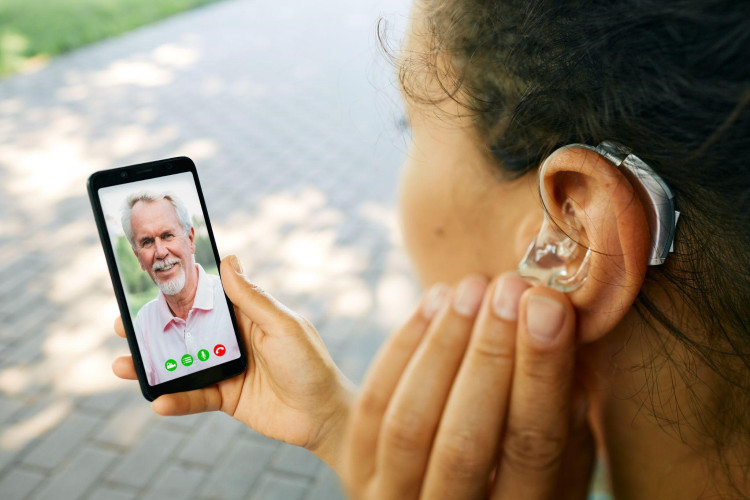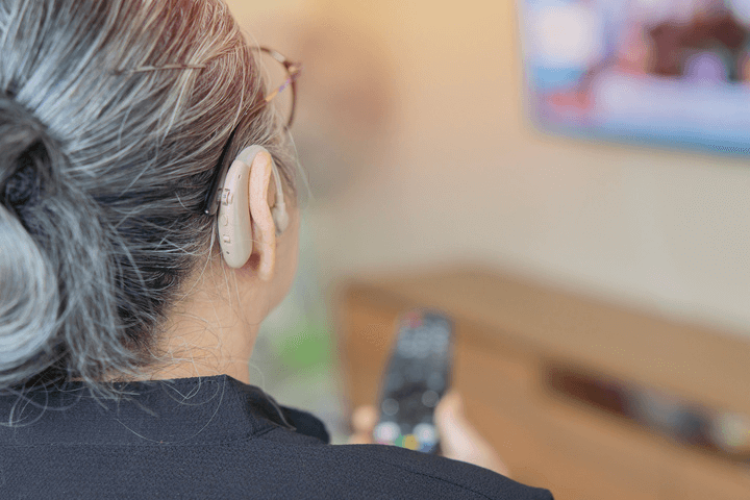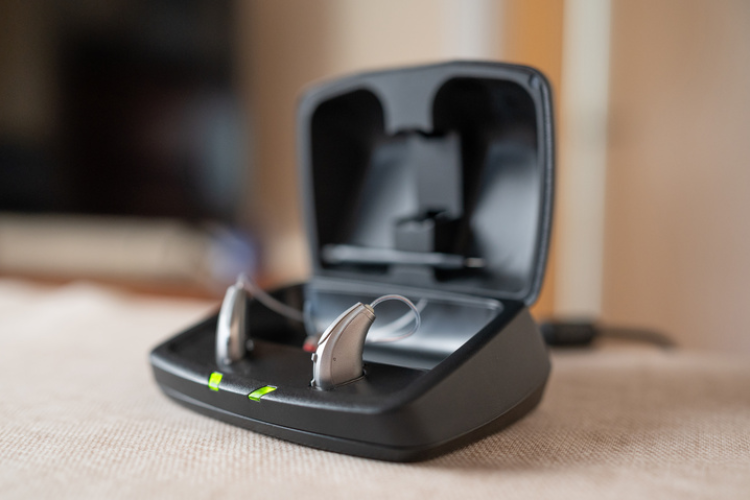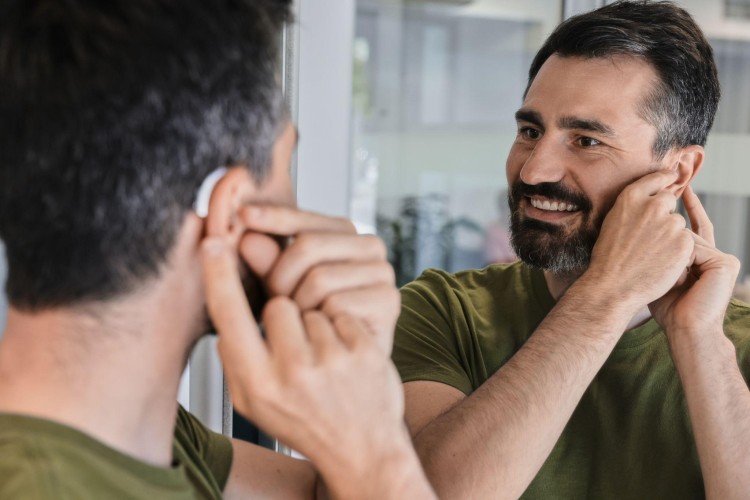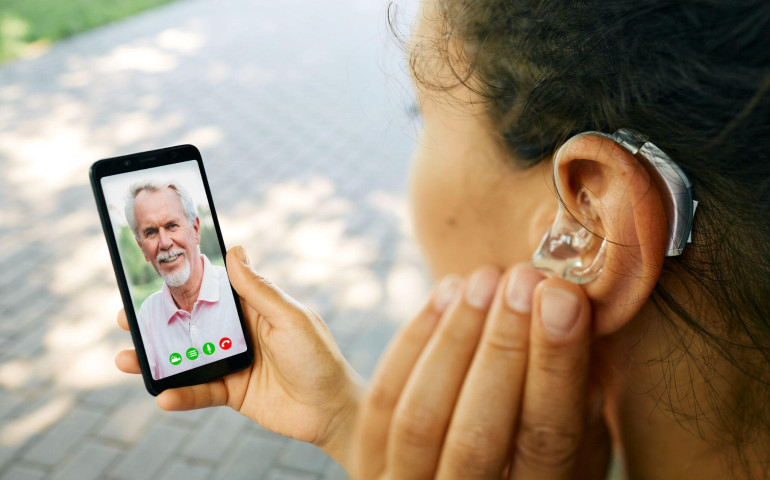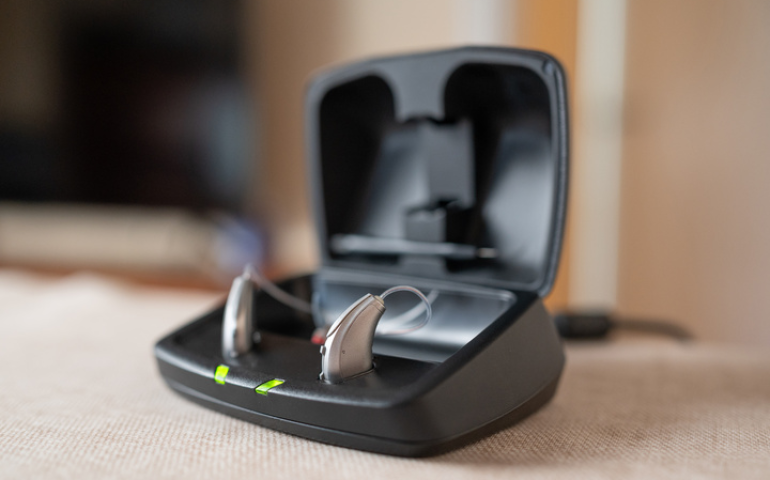Experience the advantages of Bluetooth hearing aids with Beltone Skoric. Learn how hearing aids with Bluetooth enhance clarity, streaming, and daily life.
Office Hours
Appointments are available - Mon-Fri: 8:00am - 6:00pm
Sat: Appointments available upon request.
Call Today: (888) 417-2130
Sat: Appointments available upon request.
Call Today: (888) 417-2130

